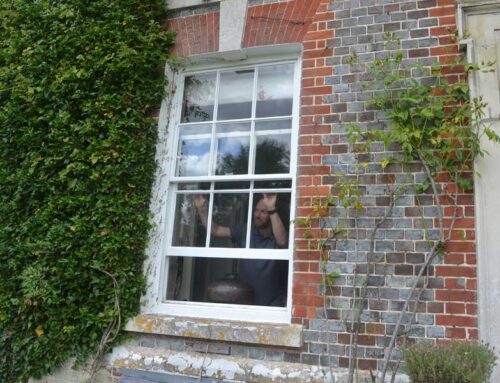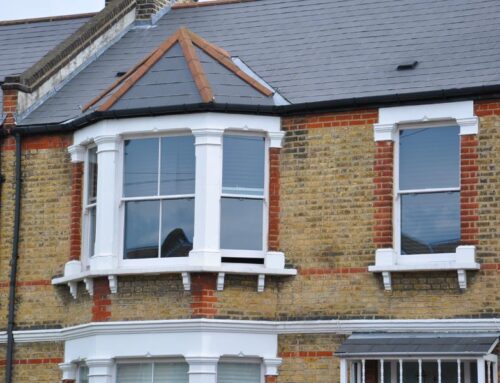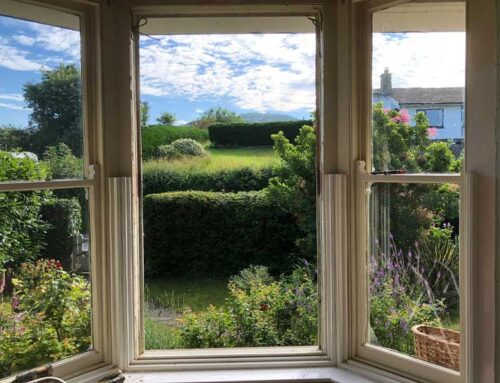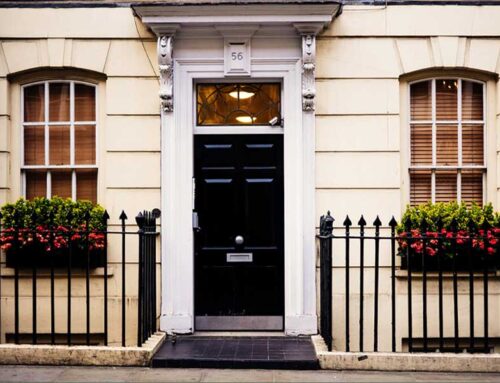A Beautiful Era in UK Design
Victorian acid-etched glass marked a brief yet memorable trend in British interior design in the late 19th century. Starting around 1870, this glass style featured delicate, etched patterns, often floral or geometric. These designs quickly became a hallmark of Victorian décor before falling out of fashion near the century’s end. Despite its short popularity, acid-etched glass left a lasting impact on period aesthetics and is still admired by collectors and historians for its elegance.
The Process of Acid Etching
Artisans created acid-etched glass by applying a protective layer to clear glass, then etching exposed sections with acid for a textured, frosted effect. Craftsmen used stencils, templates, or even freehand techniques to make patterns, from simple motifs to complex, repeating designs. The finished product added privacy without blocking light, ideal for windows and interior glass.
Compared to earlier techniques like engraving, acid etching was faster and allowed finer details. This technique made intricate glasswork accessible to Victorian homeowners as an affordable luxury, once reserved for hand-cut glass.
Popularity and Uses in Victorian Homes
Victorian acid-etched glass became a popular decorative and practical feature. It was used on front door panels, internal doors, windows, skylights, and even mirrors and lampshades. The etched glass offered privacy without sacrificing natural light, which was essential in Victorian homes with limited lighting options.
Designs were varied, featuring natural motifs like leaves, flowers, birds, and vines. Some patterns were geometric, evolving as the style progressed. Glass panels ranged in size, from small decorations to full windows or door panels, making them versatile additions across Victorian homes.
Decline in Popularity
Despite its appeal, acid-etched glass quickly fell out of favour around the turn of the century. The Arts and Crafts movement, favouring simpler designs and handmade quality, influenced tastes towards more natural finishes. Additionally, stained glass gained popularity with its vibrant colours, which suited both homes and churches.
Advances in glassmaking and frosting techniques also played a role. These new techniques made acid-etched glass look dated, prompting homeowners to prefer fresh styles reflecting Edwardian aesthetics.
Legacy and Modern Appreciation
Today, Victorian acid-etched glass is prized for its craftsmanship and historical charm. While intact pieces are rare, collectors and property restorers highly seek them. Some modern designers even draw on this style, using updated techniques to mimic intricate patterns in both period restorations and new builds.
Conservation efforts now work to preserve original examples in listed buildings, protecting the authenticity of these historic properties. Museums and antique shops also showcase Victorian acid-etched glass, allowing people to appreciate this unique style that, despite its brief popularity, holds a cherished place in British decorative arts.
Although its time in the spotlight was short, Victorian acid-etched glass remains a fascinating chapter in UK design. This style reflects a moment when advances in glassmaking and Victorian love for ornamentation came together to create something truly memorable.










